As a rule of thumb, it costs about $20-$80 to change a motorcycle tire. If you take off the wheels and bring them into a shop you can expect to pay $20-$40 per wheel. But if you bring the whole bike into the shop be prepared to pay $40-$80 per wheel, in addition to the cost of the tires of course. Some dealerships may quote you much more, but don’t be ripped off!
If you want to learn more about motorcycle tire change costs, you are in the right place.
We at PowerSportsGuide have gathered the average prices as well as the cheapest solutions under one roof!
How much does it cost to change motorcycle tires?It’s safe to say that the cheapest way to change motorcycle tires would be if you do the work yourself. However, as you will see, this is not recommended for security reasons.
A reputable shop can not only professionally mount your tires, but they also balance the wheels with a special rebalancing machine.
Balancing the wheels is very important since only a slight weight difference can lead to vibration. That’s why it’s recommended that you get the tire change done by a professional who can rebalance the wheels along with changing the tires.
Moreover, many shops offer a discount or don’t even charge for the change if you buy the tires from them.
You can also keep your costs low if you pull the wheels off yourself and bring them into the shop. This way it will cost about $40-$80 to change a pair of motorcycle tires.
On the other hand, many riders simply prefer riding to a dealership or a local shop to get the tire change done. This is arguably the most convenient solution, but also the most expensive!
If you are also considering visiting a shop, it’s recommended that you shop around to find the best rates available. The labor costs vary widely depending on the size and location of shop.
As you may assume, you can expect the highest rates at authorized dealerships.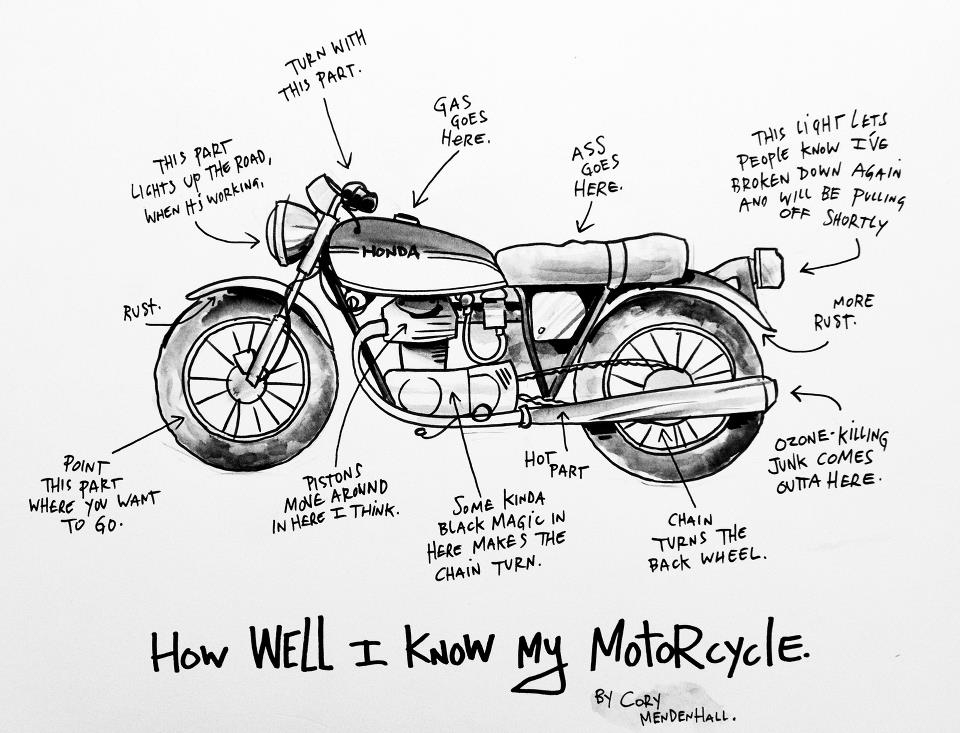 It’s not uncommon for dealers to quote $150-$400 to change motorcycle tires
!
It’s not uncommon for dealers to quote $150-$400 to change motorcycle tires
!
In contrast, small local shops are significantly cheaper, as they usually charge $80-$160 for the entire job.
It’s also good to know that replacing the tire on the front wheel is always significantly cheaper than the rear, a 50% difference in price between the two wheels is not uncommon.
However, best practice is to replace both tires at the same time!
Can I change a motorcycle tire myself? – we get this question a lot and the answer is that it depends. Although it is possible to change the tires on your motorcycle at home, in most cases this is not recommended. Why?
When it comes to motorcycles, the primary consideration should always be safety.
And improperly mounted tires can be dangerous in many ways, so it’s not worth the risk of gambling with them! Contrary to popular belief, changing tires requires skill as well as some specialized tools.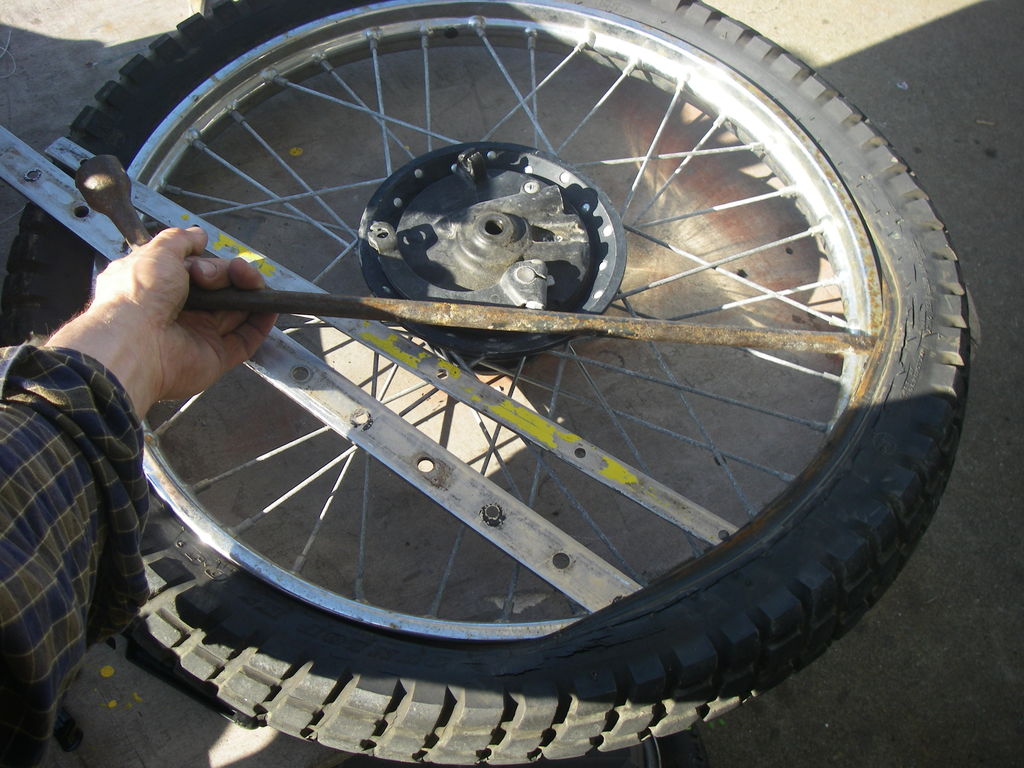
Even if you can properly mount the tires, you always risk scratching the rims or damaging the new tires.
Additionally, a professional shop not only changes the tires, but their service typically includes the balancing, lining, setting the chains tight, and a test ride as well.
Although you can do all of these tasks yourself, it still takes time and effort. It may take hours just pulling the wheels off, mounting and inflating the tires, and finally balancing and replacing the wheels.
This is why best practice is to get it done by a tire shop. Let’s see where you can find one!
It’s safe to say that the majority of tire shops can change motorcycle tires, even dedicated auto tire shops. In most cases, it makes sense to visit a local shop rather than ride many miles to a dealership. What’s more, local shops are typically much cheaper as well! But to make sure they can handle the change it’s worth a phone call first.
In most cases, it makes sense to visit a local shop rather than ride many miles to a dealership. What’s more, local shops are typically much cheaper as well! But to make sure they can handle the change it’s worth a phone call first.
Whether you can change a motorcycle tire on a car tire machine is strictly dependent on its design. While many older machines could change motorcycle tires without any issues, modern machines clamp on the rim and feature a rotating table. This means if you want to change a motorcycle tire on these machines you will likely need an adapter, which holds the wheel higher off the rotating table.
Unfortunately, many of the newest car tire machines can’t be used at all to change motorcycle tires. This is because some manufacturers don’t provide adapters for motorcycle wheels.
This is because some manufacturers don’t provide adapters for motorcycle wheels.
If you have access to a tire machine and are considering replacing the tires yourself, make sure to have somebody close by who is familiar with using the machine.
Operating a tire machine is not rocket science, but like any other power tool it can be dangerous in many ways. Doing it wrong can damage the tire or even the surface of the rim!
If you want to change the tires on your motorcycle you have four options:
DIY tire replacement: Even if this is the cheapest way to change the tires unless you’re an experienced mechanic it’s not recommended that you do it yourself. Keep in mind that doing it wrong can damage the tires or even the rims. Keeping safety in mind, best practice is that you leave it for professionals.
Remove the wheels: Many riders prefer pulling the wheels and bring into a local shop or a dealership, so you may want to consider this solution.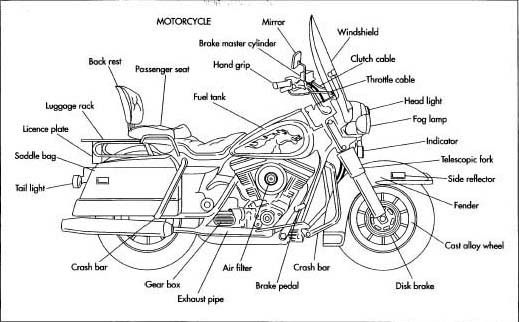 This way, you can get much better rates while making sure that the tires are professionally replaced and balanced. If you bring the wheels in yourself, changing a pair of motorcycle tires typically costs $40-$80 in most tire shops.
This way, you can get much better rates while making sure that the tires are professionally replaced and balanced. If you bring the wheels in yourself, changing a pair of motorcycle tires typically costs $40-$80 in most tire shops.
Ride to a tire shop/dealership: The most convenient solution is arguably riding into a tire shop or a dealership to get the job done. The rates of smaller tire shops range from $40 up to $80 while dealerships can even quote $150-$400!
The rates vary widely depending on the size and the location of the shop, so it makes sense to shop around before making a decision!
Whether you ran over a nail or have just burned off your tread peeling out, getting your motorcycle tires changed isn’t the funnest activity.
Partly because you hate the downtime that you could be riding, but also because you never know where to take your motorcycle in and whether you’re getting a good deal.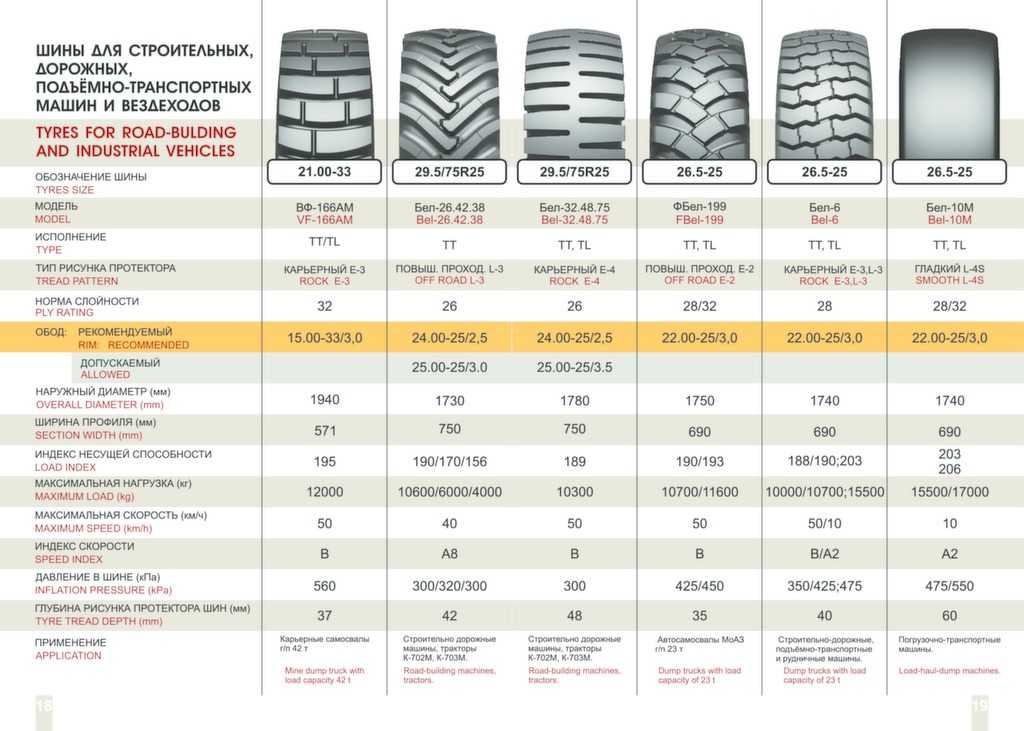
Well, you can stop worrying.
I looked at shops around the country to find what you can expect as a reasonable cost for your motorcycle tire change and what factors can raise or lower the price.
On average, a tire change for your motorcycle will cost around $50 per tire. This can vary a lot, though, with your cheapest tire changes costing only about 20 bucks and the most expensive running upwards of $200.
Why is it such a big range? There are a number of factors that come into play.
With a car, the tires can be changed in a few minutes because it’s pretty easy to pop off the wheels.
Motorcycles are much more difficult, especially the rear wheel. The chain and brakes have to be aligned afterward as well as balanced.
If the shop does this work for you, it’ll cost more. If you take the wheels off and put them back on yourself, shops usually charge a little less.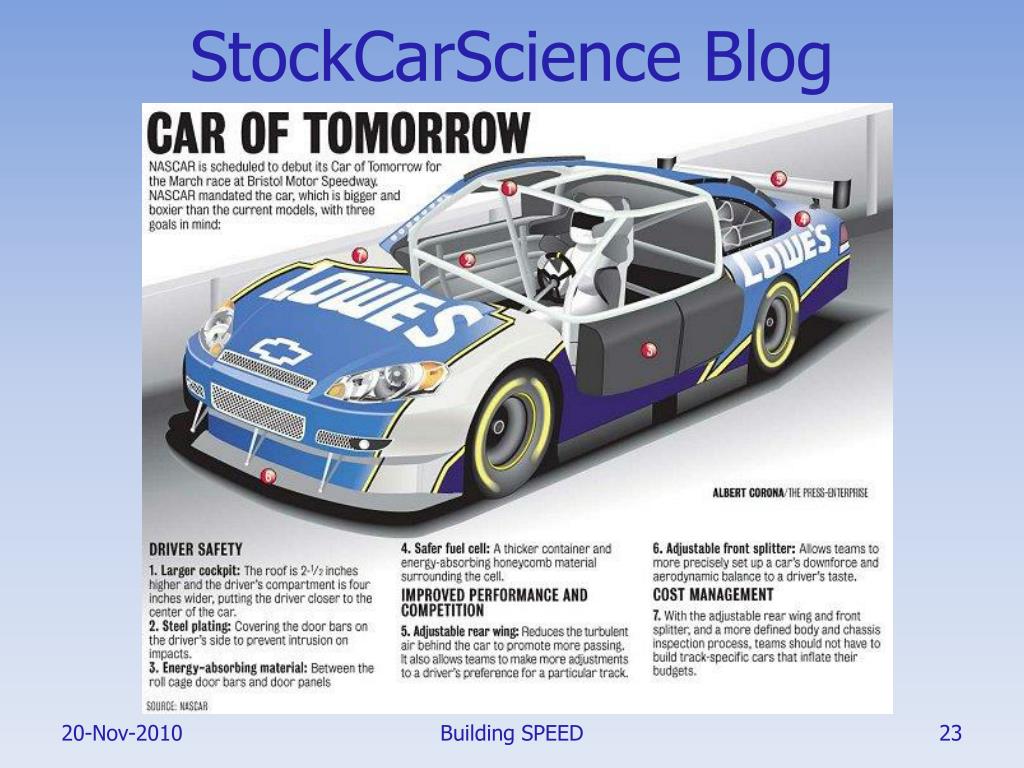
The rear tire is a lot harder to change. If you bring your whole bike in, some shops may charge a different price for the front tire versus the rear.
Like most things, motorcycle tire changes vary in cost depending on what part of the country—or world—you live in. My favorite shop back home in Arkansas charges about $45 per tire while I found shops in San Francisco charging closer to $75 per tire.
As a general rule, your tire change will cost more if you live in an overall more expensive place. That means big cities like New York or LA or expensive states like California or Hawaii.
You can take your motorcycle to one of three types of shop for a tire change: authorized dealership, local boutique mechanic, or big chain.
An authorized dealership, one specializing in your make of motorcycle, is the most expensive option. Of course, it’s also the most secure since you know the mechanics have tons of experience with bikes just like yours.
For something simple like a tire change, I usually don’t consider this expertise to be necessary, but it’s up to you.
Local boutique mechanics are a bit cheaper than authorized dealerships and what I go with for tire changes. Even though they’re a tad pricier than chains, you can build a personal relationship with a local mechanic who will learn your bike and your personal needs. You get quality service and support the local economy.
That isn’t to say you shouldn’t consider a big chain, though. For one thing, they’ll save you money.
For example, Cycle Gear charges just $25 if you buy your tires through them. Plus, finding a chain you like means you can use them all over the state or country if you go on long rides. Many even have loyalty programs and discounts.
Usually, the type of motorcycle doesn’t make much difference when it comes to the tire change price. However, some shops do charge differently based on the type of tire: off-road versus street.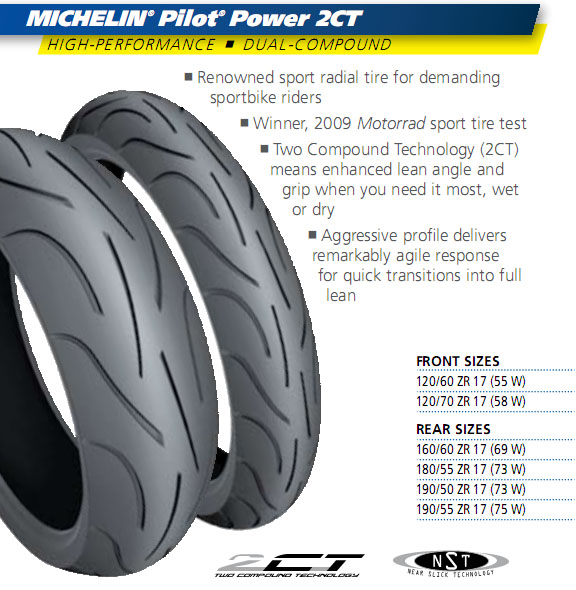
Take a look at the Cycle Gear prices I mentioned above. You’ll see that off-road tires are a little bit cheaper to change at just $20 versus street tires at $25.
Many shops, especially big chains, offer extremely discounted tire changes just to get you to buy their tires.
If you noticed from the Cycle Gear prices above, $25 is the price for a tire change if you buy the tires through them, but it doubles to $50 if you buy the tires elsewhere and bring them in.
That brings me to something else important to mention…
Keep in mind. The prices I mentioned above are for the tire change only. They don’t include the cost of the tires themselves.
Motorcycle tires usually run anywhere from $50 to $200 and depend on the size of the tire and type, whether it’s street or off-road.
Another factor is whether they’re brand new or “retreaded.” Retreaded tires are used tires that have had new tread put on them.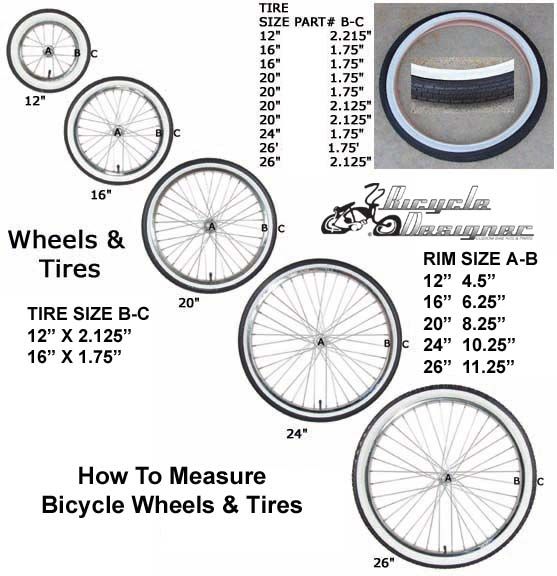
Retreaded tires usually cost between 30% and 50% less than new tires and can save you a lot of money. The authorities have not found them to be any less safe than new tires, but some motorcyclists are still wary of riding on “used” tires.
Well, you can change tires yourself. But unless you have all the necessary tools and some mechanic training, you probably shouldn’t.
Just for reference, the tools you’d need to change your own tire are:
And it isn’t just enough to have all these tools. You need to know how to use them and perform difficult parts of motorcycle maintenance like balancing the wheels after you change the tires. Doing it incorrectly could put you in danger.
With all this in mind, it usually makes more sense to have a professional change your tires.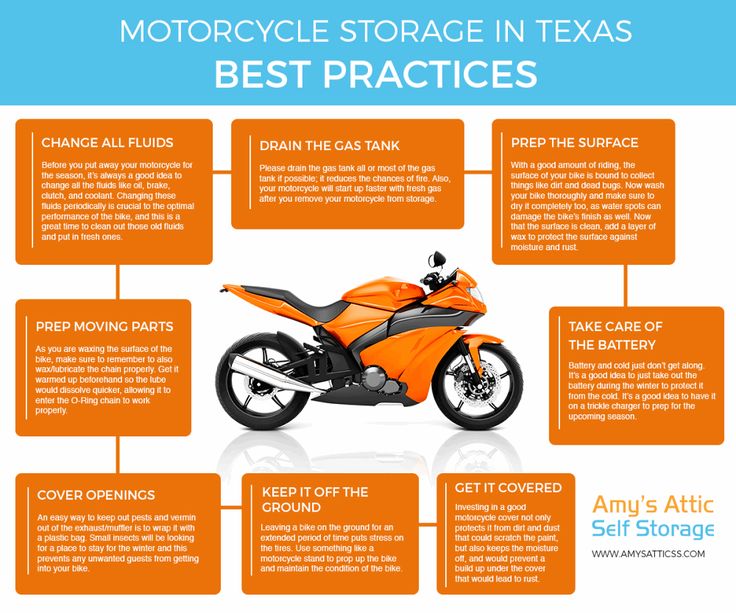
Personally, I like taking my wheels off and bringing them in to my favorite local boutique mechanic, buying the tires from the same shop if I can. This gets me good service for a reasonable price.
contents
4. Damaged rim
To avoid this and keep your tires in good condition, here are five signs that you need new tires.
As a precaution, all tires should be replaced after ten years, even if they are in good condition and the tread wear indicator has not been reached.
However, in general terms, we can say that the approximate life of the tire is about 40.000 kilometers. This figure is a good frame of reference if the tires are of good quality.
Visually, they are flat rubber bars running perpendicular to the direction of the tread. If one or more of these are evident on the tire, the rim is finished.
As a general rule, some tires have a life span of 40.000 to 50.000 km if they are of good quality. Some tires of the worst range usually have a lifespan of around 1,000,000 miles.
They are 5 years from fitting, 10 years from manufacture. However, when mounting the tire, we take it out of the ideal conservation conditions, so the degradation begins more “seriously”. However, tires always expire, whether they are well-preserved or very poorly preserved.
However, tires always expire, whether they are well-preserved or very poorly preserved.
Causes of aging The danger of an old tire is that it can lead to the separation of the tape, that is, to its tearing and tearing. Most often, failure occurs when the tread and steel belt separate from the rest (see box "Tire Components").
Top 5 scooter tires
| product | note | |
|---|---|---|
| 1 | Michelin City Grip 2 Rear Front | 4.60 |
| 2 | Front Bridgestone Battlax TH01 | 4.43 |
| 3 | Heidenau K58 M+S Snowtex | 4.36 |
| 4 | Dunlop TT 93GP | 4. 34 34 |
Smooth rims: These are recommended for ring bikes as they guarantee effective grip when riding at high speeds. Sports Tires: These have a small tread pattern and provide reliable traction. They are recommended for trails or road riding.
Your bike's limit: 100.000 kilometers
Without a doubt, we could be more than satisfied if our motorcycle has traveled 100.000 kilometers in its entire life, since we are talking about a big number.
The first sequence of numbers usually refers to tire sizes. For example, when we see that our wheels are 180/55-17, this means that 180 is the width of the tire in centimeters, 55 is the ratio of width and height in percent, and 17 is the diameter of the rim, i.e. measure given to us in inches.
Traction Disorders: Tires with uneven and uneven wear on each axle, or underinflation, can cause serious malfunctions in the center differential, the traction control part that does not need to be repaired and/or replaced.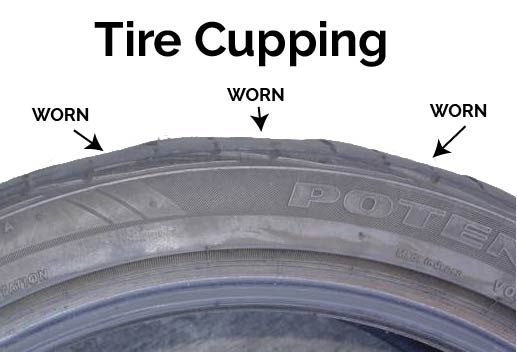
According to NTC 5375, the minimum replacement tool is 1 mm. But then the traffic rules indicate that in cars it is 1.6mm ... ..
The age of your tire is printed on the sidewall. Look for the "DOT" marking. The last four digits indicate the date your tire was manufactured. The first two digits of these four indicate the week of the year they were made (from week "01" to "53").
But this figure can fall below 10.000 40 km if the one who sits in the team is constantly pushing the limits of the car. Therefore, although the tires are designed to last between 50.000 and 50.000 km, the reality hides many important surprises.
How to prevent tire cracking in hot weather?

Below the mandatory 1.6 mm, a tire rolling on a wet road at 90 km/h almost completely loses contact with the asphalt, in which case the car loses control.
For this reason, the front tire will wear more on the left side, and the motorcycle will feel worse in left corners than in right ones; but since they are the favorites, maybe we don't notice it so much and keep attacking more in them, so the wear will accelerate more... and one day there may be a fright if not...
Battery, transmission, engine and tires are the most damaged parts of a motorcycle.
They are used exclusively for this type of motorcycle because they have a thread pattern similar to the off-road, only it is more bulky so that the tire can withstand heavy work at low pressure. They are made of soft rubber, which allows them to perform well on terrain such as earth, water and rocks.
They are made of soft rubber, which allows them to perform well on terrain such as earth, water and rocks.
This type of tire has a cord (which may be nylon or steel) from side to side perpendicular to the tread. Radial tires owe their name to the fact that their designs form angles of less than 90º in the direction of the imaginary spokes of the wheel.
The answer is: it depends on the rim. Most passenger car tires have 4 plies, while truck or industrial tires can have more than 18 plies.
Do not go below 2.2 bar - and do not exceed 2.5 bar - for the "medium" front tire (120/70-17) Do not go below 2.4 bar - and do not exceed 3 bar - for the "medium" rear tire (180/55- 17). XNUMX)
Tires 2.75-17 are equivalent to 80/90 tires. Tire nomenclature As with automobiles, motorcycles have the first digit terminated by a zero (0) when the size is measured in millimeters, such as 120/70 R17.
Unlike cars, motorcycle tires differ between front and rear. All tires have a setting arrow or a rolling direction arrow. For motorcycles, the front (FRONT) or rear (REAR) wheel is additionally indicated.
The first thing you should know is the opinion of manufacturers who calculate the average life of motorcycles at 100.000 kilometers.
Sport bikes are great for motorway riding as they provide fast acceleration as well as greater cornering stability, powerful braking and better maneuverability. These are motorcycles with detailed design in both mechanical, electrical and aesthetic aspects.
Letters "ST": tires designed for special trailers. Letter "T": These are temporary tires, the same as on many spare wheels. Once the meaning of the letter has been explained, it is necessary to move on to the three-digit number immediately following it. two.
two.
TL: Tubeless, no inner tube. TT: A tube type tire must have an inner tube.
So-called slick tires appear when their material wears out and the wear causes the driver to lose control of the vehicle when braking.
Low tire pressure also affects the vehicle's behavior when cornering. In cases where the front wheels are flat, the car tends to understeer; that is, it cannot maintain the desired trajectory and tends to lose the line outward.
Below we offer you the main signs of tire deformation that can be detected with the naked eye. Excessive wear: This is related to the depth of the overall tread of the wheel. Take a good look at the four wheels of the car, depending on the driving style, some may wear out earlier than others.
Another consequence of worn tires is their tendency to warp, especially when cornering. This can result in a "flat" which can cause the vehicle to roll over.
This can result in a "flat" which can cause the vehicle to roll over.
A penny might be enough to measure the wear on your tires. Each tire has a tread wear indicator. This indicator is a solid horizontal strip inside the thread. On a new tire, it is located at the bottom of the tread, and on a worn tire, it is at the level of the tread.
The average tread depth of new tires is up to 8 millimetres. New tires have a tread depth of 8 to 9 mm (0.31 to 0.34 inches). As you ride, the pattern wears out due to friction.
Tires have codes consisting of letters and numbers that have their own meaning. They indicate the year of manufacture. Tires have codes containing all the necessary information about the rubber.
Typically, such tires last between 25.000 and 35.000 kilometers on the front axle and 35. 000 kilometers on the rear.
000 kilometers on the rear.
Introduction
How to decipher the marking of motorcycle tires
Correspondence table for metric and inch tire marking systems
Conclusion
Motorcycle tires are impossible to choose correctly if you do not understand their sizes. Otherwise, at best, you risk bringing just a useless piece of rubber from the store. To determine the sizes, we have prepared a short decoding method and a comparison table of tire dimensions.
Any motor rubber has a sea of information on the sidewall about the properties, purpose and, of course, size. We need to figure it out, and then compare the readings with the table. You can learn more about motorcycle tire labeling in our previous article.
As a rule, the main marking on the side of the tire looks like this: 120/80 R16 59S. This is the so-called metric marking.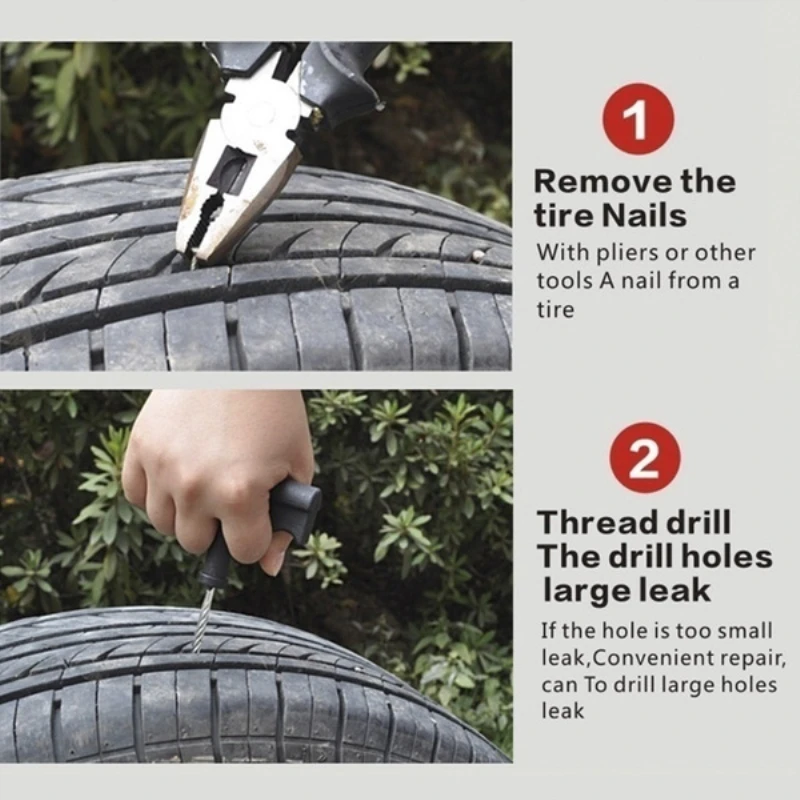 Let's understand it in more detail:
Let's understand it in more detail:
120 - profile width from edge to edge of the tread, expressed in millimeters.
80 - profile height, expressed as a percentage.
R - radial type of construction.
16 - diameter of the landing area. This indicator should correspond to the same diameter of the rim on which the tire will be put on.
59 - load index, or the maximum weight that the tire can withstand without loss of performance. We are looking for it in the table:
| Tire load index | |||||||
| 40 | 140 | 53 | 206 | 66 | 300 | 79 | 437 |
| 41 | 145 | 54 | 212 | 67 | 307 | 80 | 450 |
| 42 | 150 | 55 | 218 | 68 | 315 | 81 | 462 |
| 43 | 155 | 56 | 224 | 69 | 325 | 82 | 475 |
| 44 | 160 | 57 | 230 | 70 | 335 | 83 | 487 |
| 45 | 165 | 58 | 236 | 71 | 345 | 84 | 500 |
| 46 | 170 | 59 | 243 | 72 | 355 | 85 | 515 |
| 47 | 175 | 60 | 250 | 73 | 365 | 86 | 530 |
| 48 | 180 | 61 | 257 | 74 | 375 | 87 | 545 |
| 49 | 185 | 62 | 265 | 75 | 387 | 88 | 560 |
| 50 | 190 | 63 | 272 | 76 | 400 | 89 | 580 |
| 51 | 195 | 64 | 280 | 77 | 412 | 90 | 600 |
| 52 | 200 | 65 | 290 | 78 | 425 | 91 | 615 |
S is an index of the speed at which the bike can move without losing ride stability, grip and other useful tire characteristics.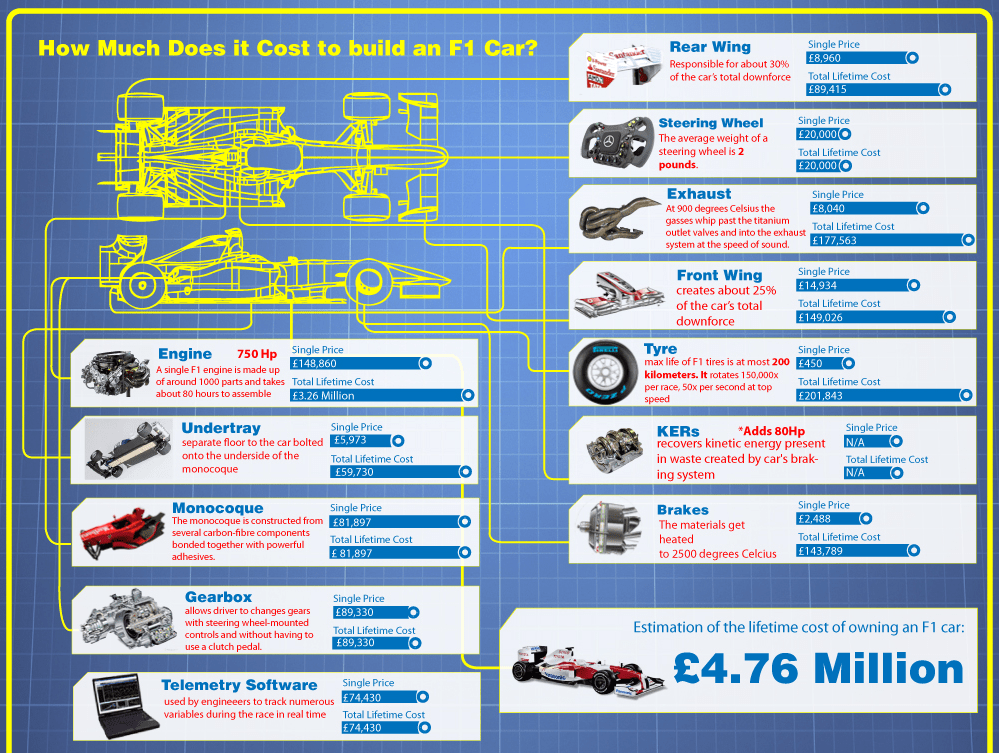 The value is also in a special table:
The value is also in a special table:
The models in the top are arranged in terms of price / quality ratio. In the process of writing it, we were guided by the reviews of amateur bikers, professional tests, and were also guided by our own subjective opinion and many years of experience with tires.
| Speed index | Maximum speed, km/h |
|---|---|
| A | 40 |
| B | 50 |
| C | 60 |
| 65 | |
| E | 70 |
| F | 80 |
| G | 90 |
| J | 100 |
| K | 110 |
| L | 120 |
| M | 130 |
| N | 140 |
| P | 150 |
| Q | 160 |
| R | 170 |
| S | 180 |
| T | 190 |
| U | 200 |
| H | 210 |
| V | 240 |
| W | 270 |
| Y | 300 |
| VR | >210 |
| ZR | >240 |
| (W) | >270 |
| Z | >300 |
This method of labeling tires is followed by most manufacturers, but there are those who prefer alternative types, where sizes are indicated in inches. For example, this one is 3.25H-19. Everything is simple here: 3.25 is the tire width expressed in inches, H is the speed index, 19 is the bore diameter.
For example, this one is 3.25H-19. Everything is simple here: 3.25 is the tire width expressed in inches, H is the speed index, 19 is the bore diameter.
Sometimes an inch designation can be placed instead of the usual millimeter, for example, like this: 4.60/80 R16.
There is a rather rare alpha system created mainly for sports tourists. For example, this type of MM90S-16, where: MM - profile width in inches (3.75), 90 - profile height in percent; S - speed index, 16 - diameter of the landing rim of the tire.
| Marking alpha | Width in inches |
|---|---|
| MG | 2.75 |
| MH | 3.00 |
| MJ | 3.25 |
| ML | 3.50 |
| MM | 3.75 |
| MN | 4.00 |
| MP | 4. |
| MR | 4.50 |
| MS | 4.75 |
| MT | 5.00 |
| MU | 5.50 |
| MV | 6.00 |
To make it easier for you to determine what the inch size corresponds to in the metric system and vice versa, we have prepared a comparison table for you.
| Tire size in. | Load index | Permissible rim width, inch. | Tire size | ||||
| Alpha | Metric | ||||||
| Standard | Reinforced. | 100 | 90 | 80 | |||
| 2. | 40 | 46 | 1.50-1.85 | MH 90-16 | 80/100-16 | 80/90-16 | 90/80-16 |
| 3.00-16 | 40 | 48 | 1.60-2.15 | MH 90-16 | 90/100-16 | 90/90-16 | 100/80-16 |
| 3.25-16 | 48 | 55 | 1.85-2.50 | MJ 90-16 | 100/100-16 | 100/90-16 | 110/80-16 |
| 3.50-16 | 52 | 58 | 1.85-2.50 | ML 90-16 | 100/100-16 | 100/90-16 | 110/80-16 |
| 4.60-16 | 58 | 59 | 1. | MM 90-16 | 100/100-16 | 110/90-16 | 120/80-16 |
| 2.75-17 | 41 | 47 | 1.50-1.85 | MH 90-17 | 80/100-17 | 80/90-17 | 90/80-17 |
| 3.00-17 | 41 | 50 | 1.60-2.15 | MH 90-17 | 90/100-17 | 90/90-17 | 100/80-17 |
| 4.50-17 | 50 | 67 | 2.15-3.00 | MR 90-17 | 110/100-17 | 130/90-17 | 140/80-17 |
| 4.60-17 | 50 | 62 | 1. | MS 90-17 | 100/100-17 | 110/90-17 | 120/80-17 |
| 5.10-17 | 50 | 67 | 2.50-3.50 | MT 90-17 | 110/100-17 | 130/90-17 | 140/80-17 |
| 2.75-18 | 42 | 48 | 1.50-1.85 | MH 90-18 | 80/100-18 | 80/90-18 | 90/80-18 |
| 3.00-18 | 47 | 52 | 1.60-2.15 | MH 90-18 | 90/100-18 | 90/90-18 | 100/80-18 |
| 3.25-18 | 52 | 59 | 1. | MJ 90-18 | 100/100-18 | 100/90-18 | 110/80-18 |
| 3.50-18 | 56 | 62 | 1.85-2.50 | ML 90-18 | 100/100-18 | 100/90-18 | 110/80-18 |
| 3.60-18 | 51 | 62 | 1.85-2.50 | MH 90-18 | 100/100-18 | 90/90-18 | 100/80-18 |
| 4.00-18 | 64 | 69 | 2.15-3.00 | MN 90-18 | 110/100-18 | 120/90-18 | 130/80-18 |
| 4.10-18 | 60 | 69 | 1.85-3.00 | ML 90-18 | 100/100-18 | 100/90-18 | 110/80-18 |
| 4. | 64 | 69 | 1.85-3.00 | MM 90-18 | 110/100-18 | 110/90-18 | 120/80-18 |
| 4.25-18 | 66 | 69 | 2.15-3.00 | ML 90-18 | 110/100-18 | 120/90-18 | 130/80-18 |
| 4.60-18 | 63 | 69 | 1.85-3.00 | MR 90-18 | 110/100-18 | 120/90-18 | 130/80-18 |
| 3.00-19 | 49 | 54 | 1.60-2.15 | MH 90-19 | 90/100-19 | 90/90-19 | 100/80-19 |
| 3. | 54 | 54 | 1.85-2.50 | MJ 90-19 | 100/100-19 | 100/90-19 | 110/80-19 |
| 3.50-19 | 54 | 57 | 1.85-2.50 | ML 90-19 | 100/100-19 | 100/90-19 | 110/80-19 |
| 3.60-19 | 52 | 54 | 1.85-2.50 | MH 90-19 | 100/100-19 | 90/90-19 | 100/80-19 |
| 2.75-21 | 45 | 54 | 1.50-1.85 | MH 90-21 | 80/100-21 | 80/90-21 | 90/80-21 |
| 3. | |||||||